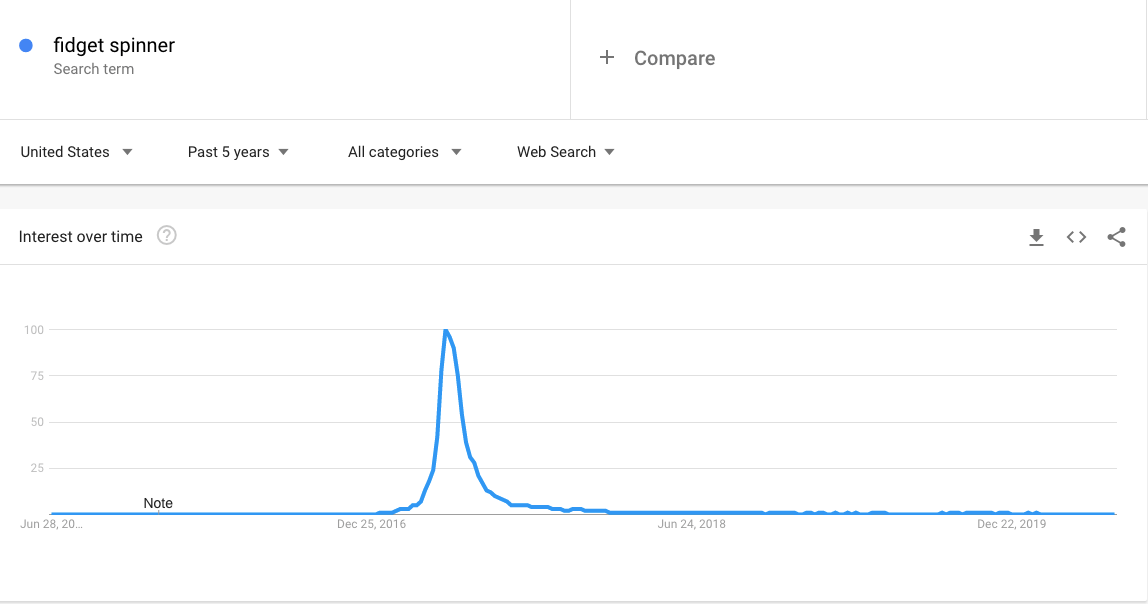Ecwid offers a “Chat With Sales” feature which is always one of my favorite ways to talk with companies. Simply send them a query and you can work on something else until they respond.
The company also provides a powerful support section with FAQs, a knowledge base, email capabilities, and a forum.
Overall, the support outlets include phone support, online chat support and email support, keeping the response time short and support quality high.
In my opinion, the platform has everything you could want in terms of support.
Ecwid Payment Gateways and Fees
Come to think of it, it has never been easy to find an ecommerce platform that doesn’t charge transaction fees. But, interestingly, that’s exactly what you get with Ecwid. They never charge any sort of transaction fees on any of the plans they offer, making Ecwid a desirable ecommerce solution for any store trying to keep costs down or improve margins.
But, here’s the thing. Keep in mind that Ecwid is not a payment processor. That means you have to set up something like PayPal or Stripe to process all the transactions that come through your site.
Speaking of which, it’s pretty easy to implement any of these systems, since Ecwid integrates with over 40 international payment options. However, it’s worth noting that each of these processors has its own transaction fees schedule.
Fair enough. Now, imagine you’d like to collect both online and offline payments. Is it possible to proceed with a point of sale integration?
💡 Well, the good news is that there are plenty of decent POS card payment options. Ecwid integrates with Square POS, Clover, Vend POS, iZettle and PayPal card readers, allowing Ecwid to turn your store setup into both an online and offline system.
Integrating Ecwid With Other Platforms
Ecwid and WordPress
WordPress, as you probably know by now, is just a CMS platform. That means it doesn’t come with online selling capabilities.
But, thankfully, you can add easily transform your WordPress-based site into an online store by integrating an external application like Ecwid. Well, Ecwid itself is extremely handy because it provides a dedicated WordPress plugin for that.
Connecting Ecwid and WordPress, therefore, is a pretty straightforward process. Simply install the Ecwid plugin through your WordPress backend, activate it, and voila! You’ll be on your way to setting up a fully-functional WordPress online store.
And yes, in case you’re wondering, the plugin is completely free of charge.
👉 For more info, check out our conclusive WordPress.org review.
Ecwid and Wix
Wix is a pretty decent website builder and hosting platform. And although you can add extra ecommerce functionalities to transform your standard site into an online store, it turns out dropshipping is still a major challenge.
However, you can solve that by integrating Ecwid with your Wix site. And just like we’ve seen with WordPress, this doesn’t take much since Ecwid has a specialized app for Wix users. Simply search for it among the third-party apps on Wix, and then integrate the extension with your Wix site. It really is that simple.
How Does Ecwid Compare To Other Ecommerce Platforms?
Ecwid vs Shopify
Ecwid, for starters, is essentially an ecommerce extension that allows you to transform a regular site into an online storefront. Shopify, on the other hand, is basically a complete closed-source ecommerce platform that allows you to create an online store from scratch, and before hosting it on the platform.
In a nutshell, therefore, Shopify is considered a powerful all-round ecommerce website builder (which inludes an ecommerce hosting solution), while Ecwid targets website owners who simply want supplementary online selling features on their sites.
👉 For more info, check out our conclusive Shopify reviews.
Ecwid vs Wix
Wix is one of the most dominant website builders on the market today. You can use it to create your own website, and then proceed to host it on the platform as you possibly embed online selling extensions.
In contrast, Ecwid users have their own websites before they even consider leveraging Ecwid. And while Ecwid is a bonafide ecommerce solution, Wix is just a website builder that happens to support a wide range of ecommerce integrations.
👉 For more info, check out our conclusive Wix review.
Ecwid vs BigCommerce
BigCommerce is a lot like Shopify. It’s a fully-fledged ecommerce platform with website building and hosting features. However, it locks your website in the platform as soon as you get it up and running.
Well, Ecwid cannot match up to BigCommerce when it comes to ecommerce functionalities. And that, when you come to think of it, makes Ecwid less complicated.
All in all, Ecwid is suitable for startups and small business merchants who already own websites, while BigCommerce is built for growing businesses that are setting up online stores from scratch.
👉 For more info, check out our conclusive BigCommerce review.
How to use Ecwid with Squarespace
Business leaders can quickly and easily add Squarespace ecommerce functionality into their website by using the Ecwid Squarespace shopping cart. If you’ve already built an attractive Squarespace website, then you can add the Ecwid widget to transform that site into a fully functional ecommerce store.
By creating a free Squarespace store and combining it with Ecwid, you can create a more immersive and creative online selling experience. Ecwid also gives you the option to sync your Squarespace store with your social media pages, like Facebook and Instagram, so you have more opportunities for quick sales.
To get started, sign up with Ecwid and copy the widget codes from your dashboard page. You’ll also need to log into Squarespace too. Remember, Ecwid’s Squarespace shopping cart is designed to blend in seamlessly with the design you’ve created on Squarespace.
How to Use Ecwid with Weebly
If you want to take your Weebly website to the next level, Ecwid could be the perfect way to add a seamless shopping cart in no time. The Ecwid free shopping cart widget allows you to simply add a snippet of code into your Weebly shop and start delivering excellent checkout experiences in no time.
Like with many Ecwid integrations, the company has made it incredibly simple to combine your Weebly and Ecwid experience. After you’ve created your Ecwid account, you can easily add the ecommerce widget from the Ecwid environment to Weebly by copying and pasting some quick code. Ecwid even allows you to customize the appearance and functionality of your online store experience. Ecwid does all of the heavy lifting for you, by ensuring that your pages will be ready to display optimally on mobile devices and web browsers by default.
Ecwid also provides your Weebly store with things like a fast AJAX interface, drag and drop functionality, and a range of flexible shipping and payment solutions to delight your customers. You can also expect automatic updates whenever new functionality or patches roll out.
How to Use Ecwid with Drupal
Ecwid is one of the most versatile shopping cart solutions on the market today. You can begin online selling in no time, regardless of where you built your original website. For instance, if you already have a website on Drupal, then you can use the Ecwid selling widget to integrate checkout functionality immediately with your Drupal website.
All you need to do is create a free account with Ecwid and add either the buy now button or widget functionality from the Ecwid brand to your Drupal store with a line of code. You can rest assured that your buy now button will blend into the rest of your website’s design, and it will be optimized for mobile buying too.
At the same time, when you combine your Drupal and Ecwid services, you get the opportunity to expand your sales opportunities into different areas too. For instance, you can take your widget or button with you onto forums, social media, and blog pages too.
How to Use Ecwid with Joomla
If you’re using Joomla as your website building platform, then you can easily add an ecommerce store into the mix with some help from Ecwid.
To add your Ecwid store to a hosted version of Joomla, all you need to do is paste your store code from your Ecwid account into the Joomla site page that you want to sell from. The store code can sometimes be corrupted by the built-in editors, however, so make sure you disable that first.
To disable the default editor, go into System> Global configuration > Default editor, and set it to “None”. Once that’s done, go back into your Ecwid account, and click on All Sales Channels > Custom website. You can copy your code to clipboard and go back to your content within your Joomla website to paste your store widget.
You can also add shopping bags, category menus, and even search bars to your Joomla website with Ecwid if you don’t mind using a little more code. Just go to the Store Extensions section under All Sales Channels in your Ecwid account.
Ecwid POS
While Ecwid is popularly recognized as an ecommerce platform, it can be much more than that. Dynamic merchants seeking to supplement their online stores can set up an omnichannel commerce framework comprising of various online channels, as well as brick-and-mortar offline locations.
The trick here is capitalizing on Ecwid’s POS (Point of Sale) functionality. It’s built to support offline selling across standard brick-and-mortar stores, plus mobile in-person sales.
 from Silicon Republice-commerce – Silicon Republic https://ift.tt/3eKVYqD
from Silicon Republice-commerce – Silicon Republic https://ift.tt/3eKVYqD via IFTTT
via IFTTT
 Ecommerce sites are for people looking to buy things like books, gadgets, and clothing, right? Actually, that’s too narrow a…
Ecommerce sites are for people looking to buy things like books, gadgets, and clothing, right? Actually, that’s too narrow a…













